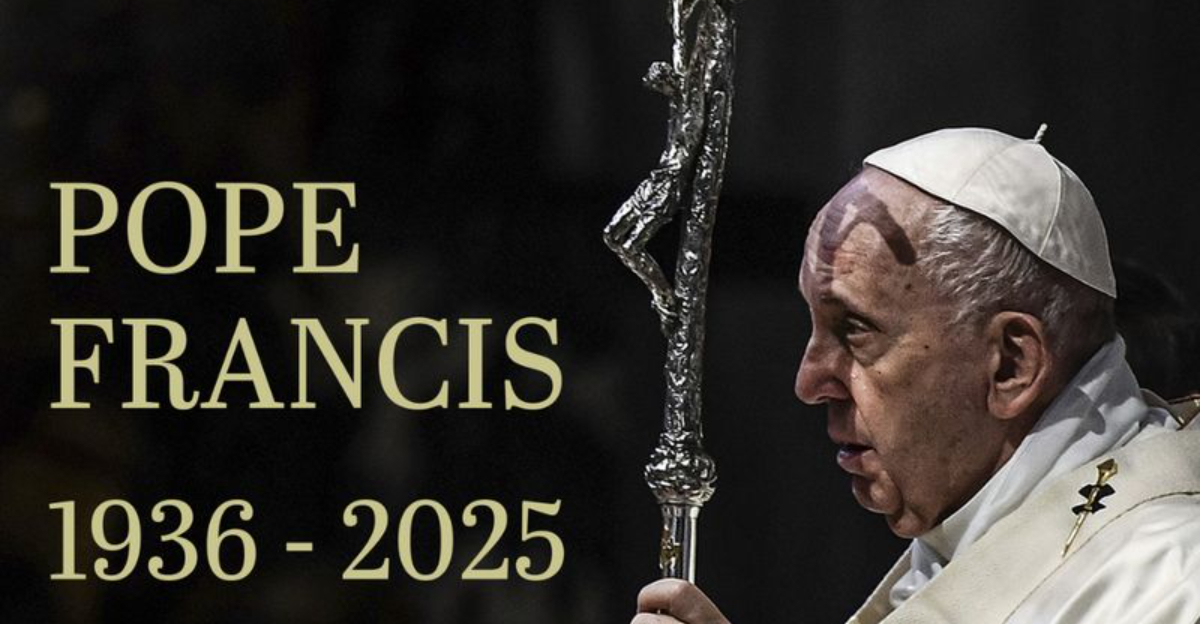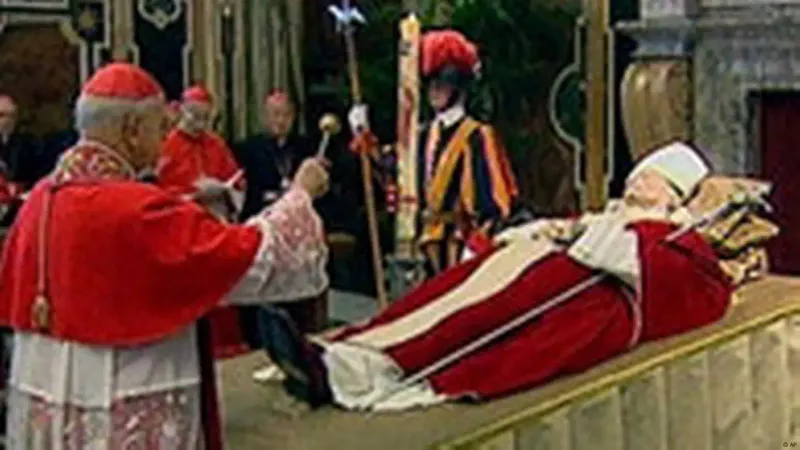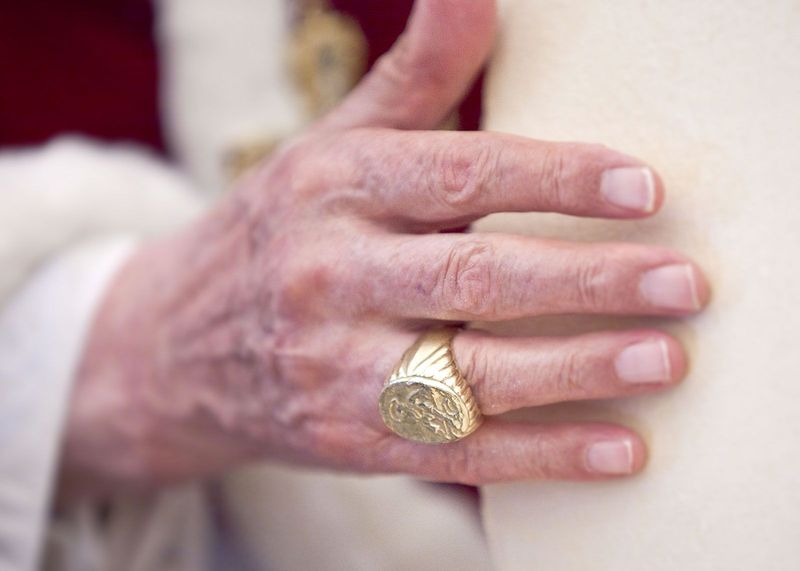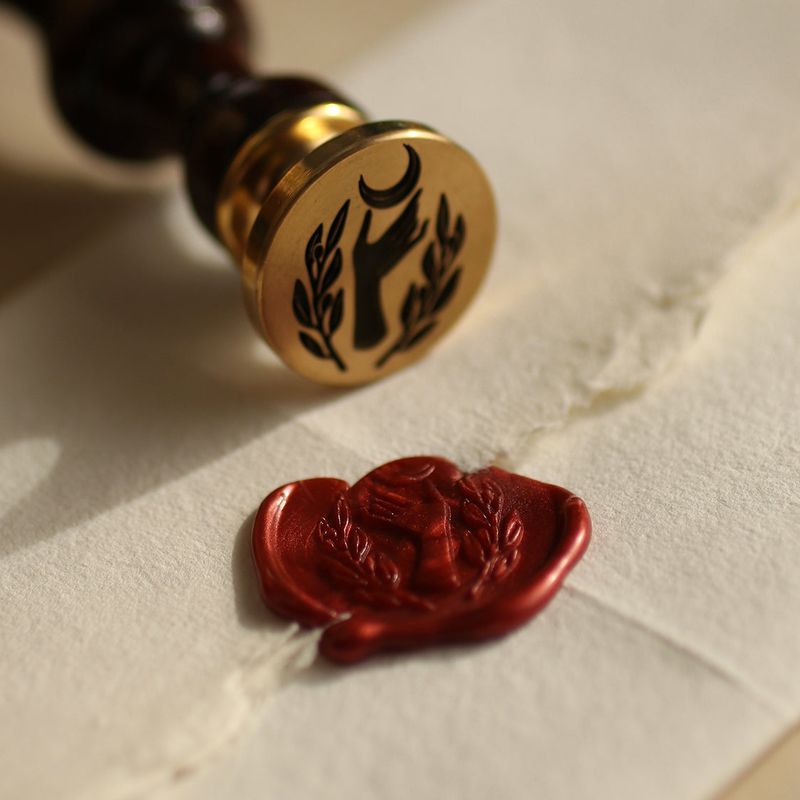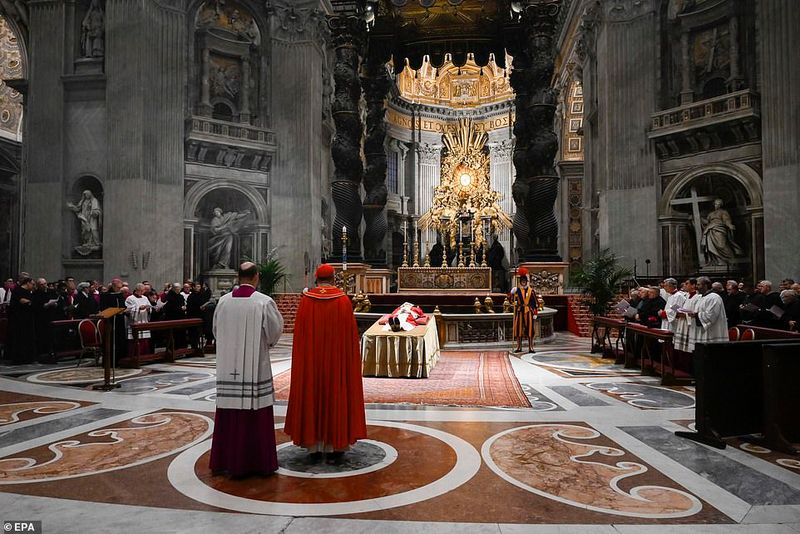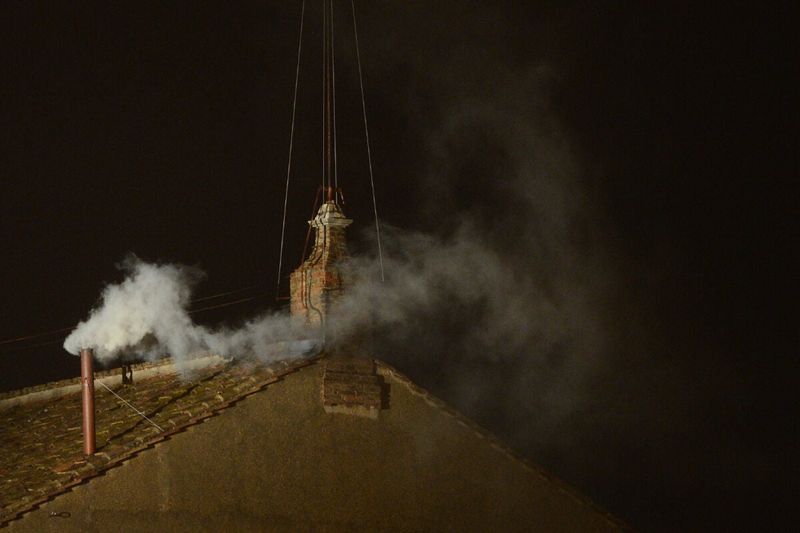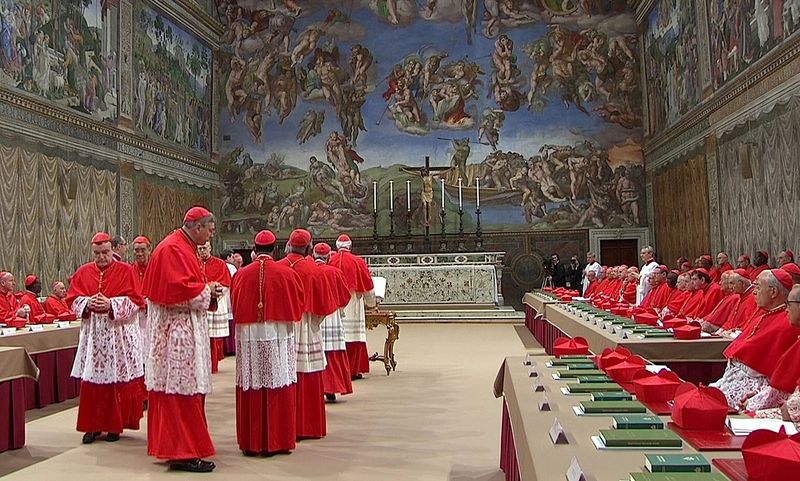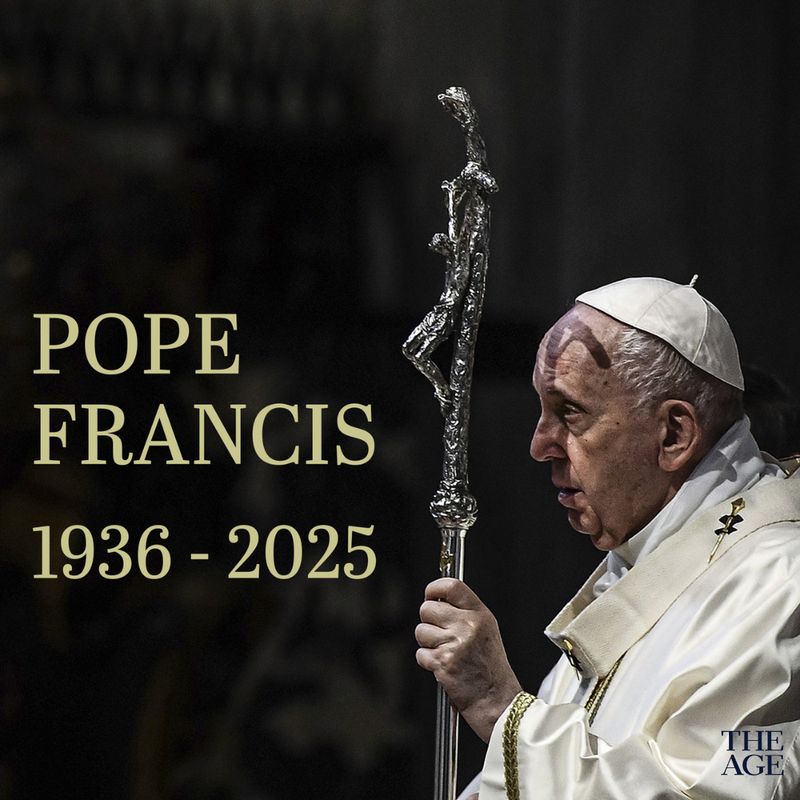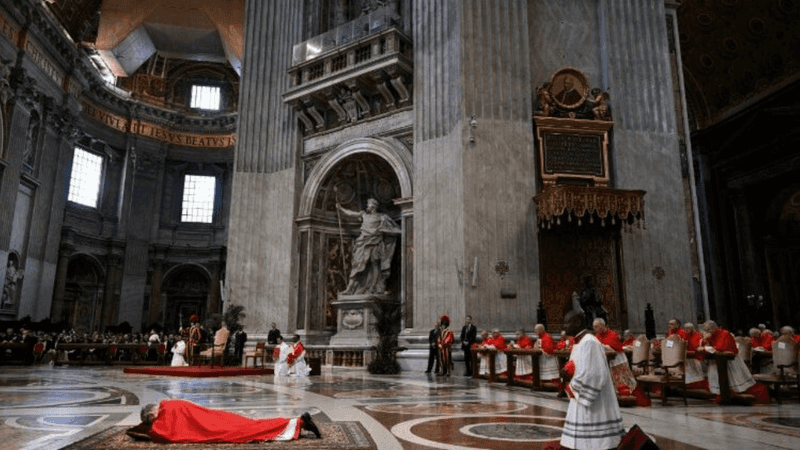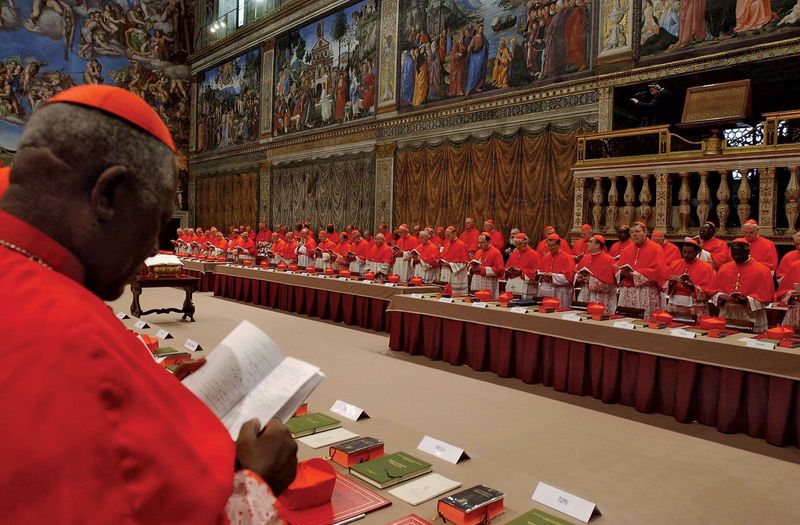Discover the intriguing and often bizarre rituals that surround the death of a pope.
From ceremonial practices that have been carried on for centuries to the unique traditions that ensure the church’s continuity, these rituals are both fascinating and mysterious.
1. Calling the Pope by Name and Striking with a Hammer
In a tradition as old as the church itself, the Camerlengo has the somber duty of confirming the pope’s death. He gently taps the pope’s forehead three times with a silver hammer, calling out his baptismal name each time. This ritual, steeped in history, ensures that the pope has truly passed before proceeding with the next steps. The atmosphere is heavy with silence, broken only by the Camerlengo’s voice. It’s a moment of transition, both respectful and poignant, marking the end of one papacy and the beginning of another.
2. Destroying the Fisherman’s Ring
The Fisherman’s Ring, an emblem of papal authority, is ceremonially destroyed upon the pope’s death. Crafted with ornate detail, this ring is a symbol of the pope’s role as the successor to Saint Peter. Its destruction, a symbolic end to his tenure, prevents any misuse and signifies the cessation of his papal authority. The act carries with it a sense of finality, as the ring, once a powerful symbol, is reduced to mere metal. It’s a vivid reminder of the transient nature of life and power within the Vatican walls.
3. Sealing the Papal Apartments
Once the pope is declared dead, the Camerlengo seals his private apartments with red wax. This act preserves the sanctity and privacy of the pope’s personal spaces until a new leader is chosen. The sealing process is both ceremonial and practical, ensuring that nothing is disturbed or taken from the rooms. The wax serves as a physical and symbolic barrier, safeguarding the pope’s legacy and possessions. It’s a moment of quiet respect, as the Vatican pauses to honor the leader they have lost.
4. Nine Days of Mourning (Novemdiales)
The death of a pope heralds nine days of mourning, known as Novemdiales. During this period, the Vatican hosts a series of Masses and prayers, honoring the life and work of the deceased pope. It’s a time of reflection and remembrance, as the Catholic community gathers to pay their respects. The square fills with mourners, while the air buzzes with quiet conversations and whispered prayers. This solemn occasion helps the faithful come to terms with their loss and prepares them for the transition to a new leader.
5. Black Smoke vs. White Smoke
In one of the most iconic traditions, smoke signals from the Sistine Chapel announce the result of the papal conclave. Black smoke signifies an inconclusive vote, while white smoke heralds the election of a new pope. This ritual captivates the world, as eyes turn to the Vatican, awaiting the momentous signal. The transition from black to white smoke is a profound symbol of hope and renewal. It’s a simple yet powerful tradition that unites Catholics worldwide in anticipation and celebration of their new spiritual leader.
6. The Cardinals Are Locked Inside the Sistine Chapel
During the conclave, the College of Cardinals is sequestered within the Sistine Chapel, a practice that ensures privacy and focus while selecting a new pope. This ‘con clave’—literally ‘with a key’—is a time-honored tradition where cardinals engage in discussions and votes, isolated from outside influence. The setting, under Michelangelo’s iconic frescoes, adds gravity and solemnity. It’s a blend of spirituality and governance, as these leaders work together to guide the future of the church.
7. Burning of Ballots
Each voting round in the papal conclave ends with the burning of ballots, a ritual steeped in tradition and secrecy. The ballots, cast by the cardinals, are incinerated in a special stove, their smoke signaling the outcome to the outside world. Black smoke for a stalemate, white for a decision. This burning ritual ensures confidentiality and marks the culmination of each voting round. It’s a moment of suspense and significance, as the world waits to learn of the church’s new leader.
8. Changing the Papal Seal
The death of a pope renders the papal seal void, necessitating the creation of a new one. This seal, a testament to the authority of the pontiff, is an essential part of papal proceedings. The crafting of the new seal is an art form, involving skilled artisans who uphold centuries-old traditions. As the old seal is retired, a fresh one takes its place, ready to bear the mark of the new pope. This transition is both a nod to history and a step towards the future, ensuring continuity within the church.
9. New Papal Election Ritual: “Habemus Papam!”
With the words ‘Habemus Papam!’ (‘We have a pope!’), the Cardinal Protodeacon announces the election of a new pope from the balcony of St. Peter’s Basilica. This joyous proclamation marks the end of the conclave and the beginning of a new papacy. The crowd in St. Peter’s Square erupts in celebration, welcoming their new spiritual leader. It’s a moment of unity and elation, as the faithful gather to witness history in the making. This announcement is a pivotal moment, marking a fresh chapter for the Catholic Church.
10. Temporary Church Leadership
In the interim between popes, the Camerlengo assumes responsibility for managing the Church’s day-to-day operations. Though his role is temporary, it is crucial, ensuring that the church functions smoothly during this period of transition. His authority, however, is limited; he cannot make major decisions or changes to doctrine. This role requires a delicate balance, as the Camerlengo navigates the church through this interregnum, maintaining stability while the world awaits the election of a new pope.
